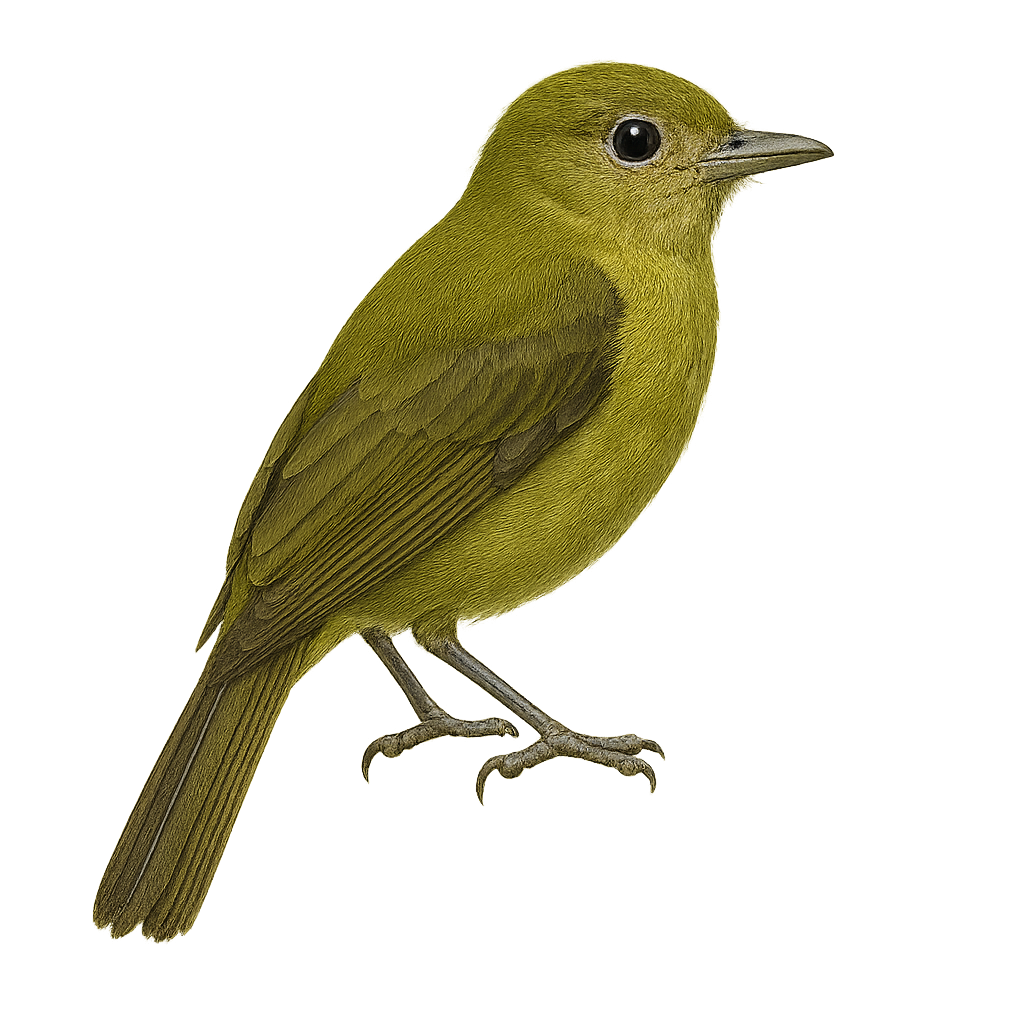Your wildlife photography guide.
Explore the grey-tailed piha in detail, study its behavior, prepare your shots.
Where to observe and photograph the grey-tailed piha in the wild
Learn where and when to spot the grey-tailed piha in the wild, how to identify the species based on distinctive features, and what natural environments it inhabits. The WildlifePhotographer app offers tailored photography tips that reflect the grey-tailed piha’s behavior, helping you capture better wildlife images. Explore the full species profile for key information including description, habitat, active periods, and approach techniques.
Grey-tailed Piha
Scientific name: Snowornis cryptolophus

IUCN Status: Least Concern
Family: COTINGIDAE
Group: Birds
Sensitivity to human approach: Suspicious
Minimum approach distance: 10 m
Courtship display: October to November
Incubation: 17-19 jours
Hatchings: October to December
Habitat:
Humid forests, cloud forests, mountainous areas
Activity period :
Primarily active during the day, with peak activity in the morning and late afternoon.
Identification and description:
The Grey-tailed Piha, or Snowornis cryptolophus, is a fascinating bird found in the humid forests of South America. It is characterized by its subtle plumage, mainly grey with hints of brown and green, allowing it to blend seamlessly into its surroundings. This bird is often challenging to spot due to its discreet behavior and dense habitat. It primarily feeds on fruits but may also consume insects. The Grey-tailed Piha is a solitary bird, although it can sometimes be seen in small groups during the breeding season. Its song is melodious yet discreet, adding to the difficulty of locating it in the wild.
Recommended lens:
400 mm – adjust based on distance, desired framing (portrait or habitat), and approach conditions.
Photography tips:
To photograph the Grey-tailed Piha, it is advisable to use a telephoto lens of at least 400mm to capture detailed images without disturbing the bird. Look for it in humid and cloud forests, where it blends into the foliage. Be patient and wait for it to appear, often drawn by fruits. Use a tripod to stabilize your camera and be ready to adjust your settings according to the changing light under the dense canopy.
The WildlifePhotographer App is coming soon!
Be the first to explore the best nature spots, track rutting seasons, log your observations, and observe more wildlife.
Already 1 429 wildlife lovers subscribed worldwide

